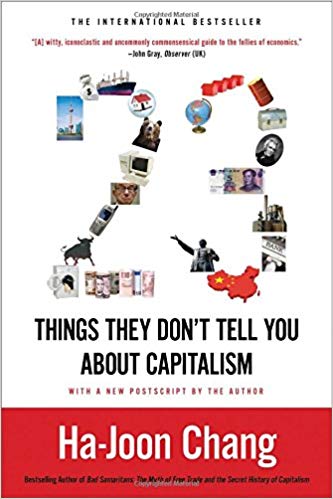
Article Artículo
People are Choosing to Work Part-Time, Why Is that So Hard for Economic Reporters to Understand?It is really amazing how major news outlets can't seem to find reporters who understand the most basic things about the economy. I guess this is evidence of the skills shortage.
Bloomberg takes the hit today in a piece discussing areas where the economy is likely to make progress in a Trump administration and areas where it is not. In a middle "muddle through" category, we find "Full-Time Work Is Likely to Stay Elusive for Part-Timers." The story is:
"Trump has highlighted the number of part-time workers in the U.S. economy, saying 'far too many people' are working in positions for which they are overqualified and underpaid. While the proportion of full-time workers in the labor force remains below its pre-recession high, it’s made up most of the ground lost during the downturn. But it hasn’t budged much in the last two years, even as the job market has gotten tighter. Some economists point to the gig economy as the driving force (pun intended) behind part-timers. Others see a broader shift in the labor market that’s left many workers stuck with shorter hours, lower wages and weaker benefits."
Okay, wrong, wrong, and wrong. In its monthly employment survey (the Current Population Survey [CPS]), the Bureau of Labor Statistics asks people whether they are working more or less than 35 hours a week. If they are working less than 35 hours they are classified as part-time. The survey then asks the people who are working part-time why they are working part-time. It divides these workers into two categories, people who work part-time for economic reasons (i.e. they could not find full-time jobs) and people who work part-time for non-economic reasons. In other words, the second group has chosen to work part-time.
If we look at the numbers for involuntary part-time workers, it dropped from 6.8 million in December of 2014 to 5.6 million in December of 2016. That is a drop of 1.2 million, or almost 18 percent. That would not seem to fit the description of not budging much. Of course, Bloomberg may have been adding in the number of people who chose to work part-time, which grew by 1.4 million over this two year period, leaving little net change in total part-time employment.
CEPR / January 20, 2017
Article Artículo
Stop the Presses! Stop the Presses! Washington Post Decides to Put Numbers in ContextCEPR / January 20, 2017
Article Artículo
Trump's Cabinet’s Business Connections Will Leave Workers DisappointedAn interview with Dean Baker, by Yongin Yi
The Hankyoreh, January 19, 2017
Dean Baker / January 19, 2017
Article Artículo
NYT Gets It Wrong: Davos Elite Is Totally Fine with Protectionism, In Spite of Its Hit to Economic GrowthCEPR / January 19, 2017
Article Artículo
Latin America and the Caribbean
Trump y América LatinaAlexander Main / January 18, 2017
Article Artículo
The Economics of the Affordable Care ActDean Baker
Institute for New Economic Thinking, January 17, 2017
Dean Baker / January 18, 2017
Article Artículo
Inflation Shows Little Evidence of AcceleratingJanuary 18, 2017 (Prices Byte)
CEPR and / January 18, 2017
Article Artículo
The NYT and Davos: Why Would We Look for Policy Guidance from the Super Rich?CEPR / January 18, 2017
Article Artículo
Republican Part-Time Nation: Going InvoluntaryDean Baker
Truthout, January 16, 2017
Dean Baker / January 17, 2017
Article Artículo
Latin America and the Caribbean
A Blow to Brazilian Democracy: The Illegitimate Removal of Dilma Rousseff from PowerAlexander Main / January 17, 2017
Article Artículo
The Housing Bubble Was Not Hard to See (Except for Economists)CEPR / January 17, 2017
Article Artículo
Is Tom Price Opposed to Protectionism for Doctors and Patent Monopolies on Drugs?CEPR / January 17, 2017

book Libro
23 Things They Don’t Tell You About CapitalismHa-Joon Chang / January 17, 2017
Article Artículo
Health Care Spending as Share of GDP Under Obama: One Year Makes a DifferenceCEPR / January 15, 2017
Article Artículo
Headline Repair Service: Food Stamp Households Do Not Disproportionately Consume Soft DrinksCEPR / January 14, 2017